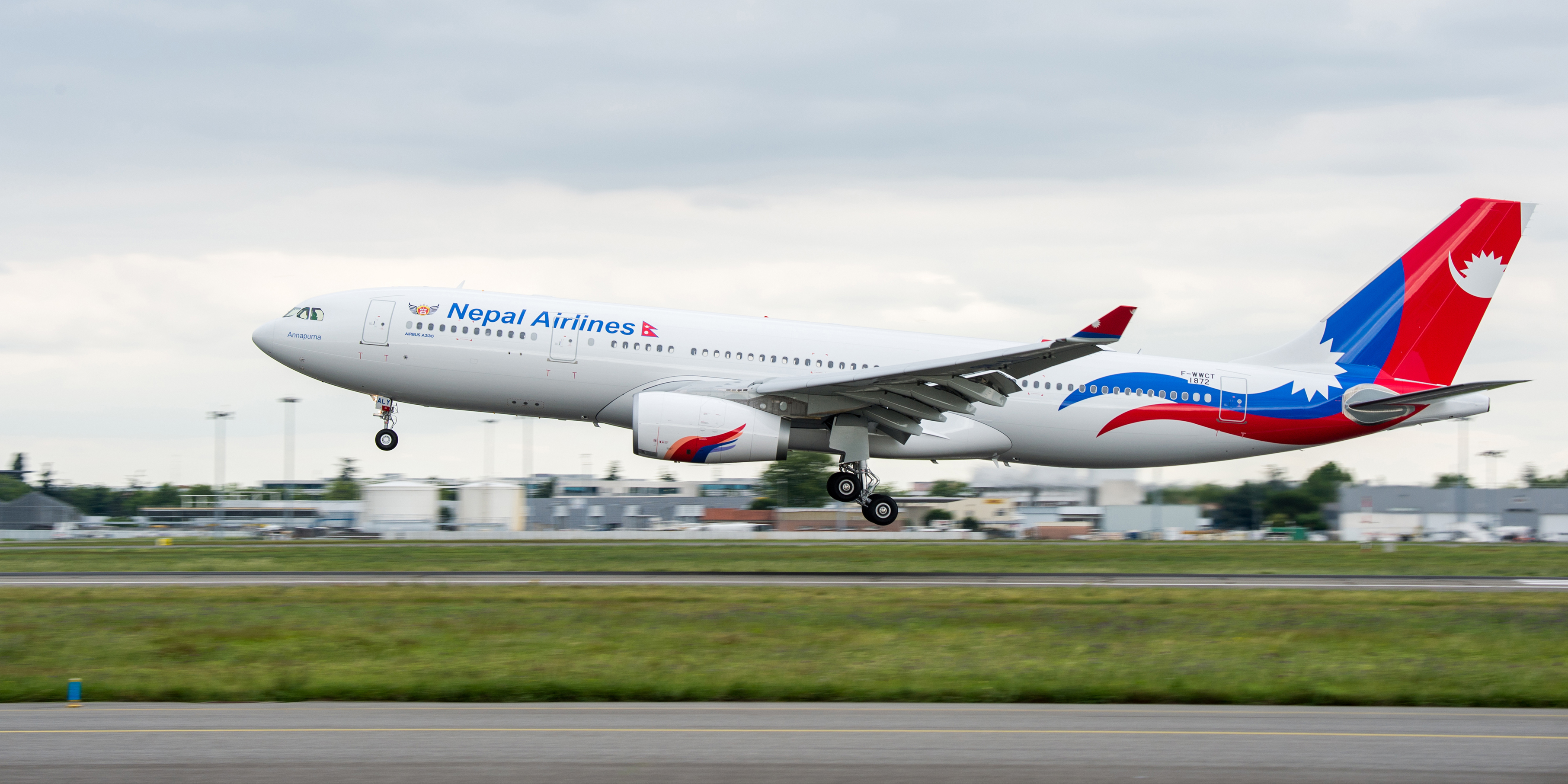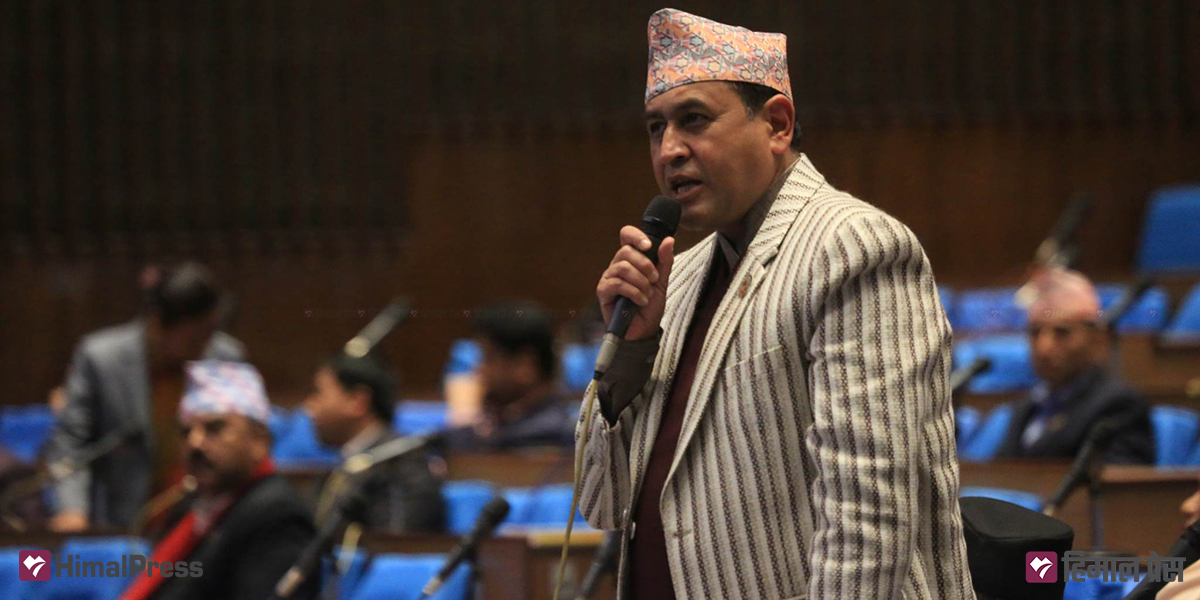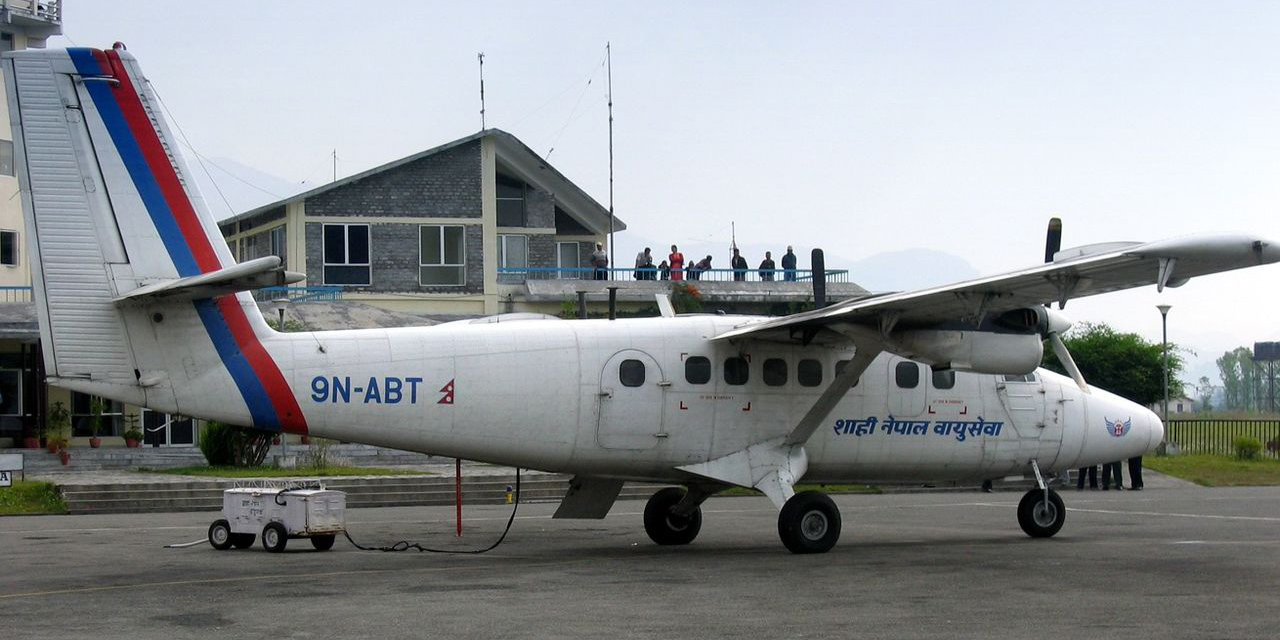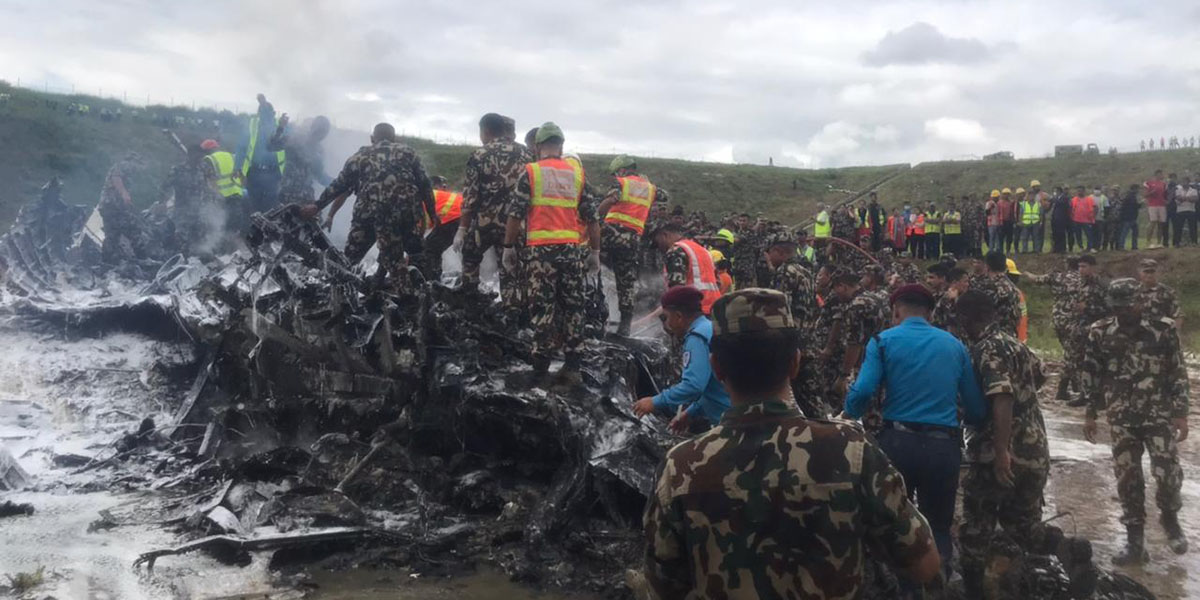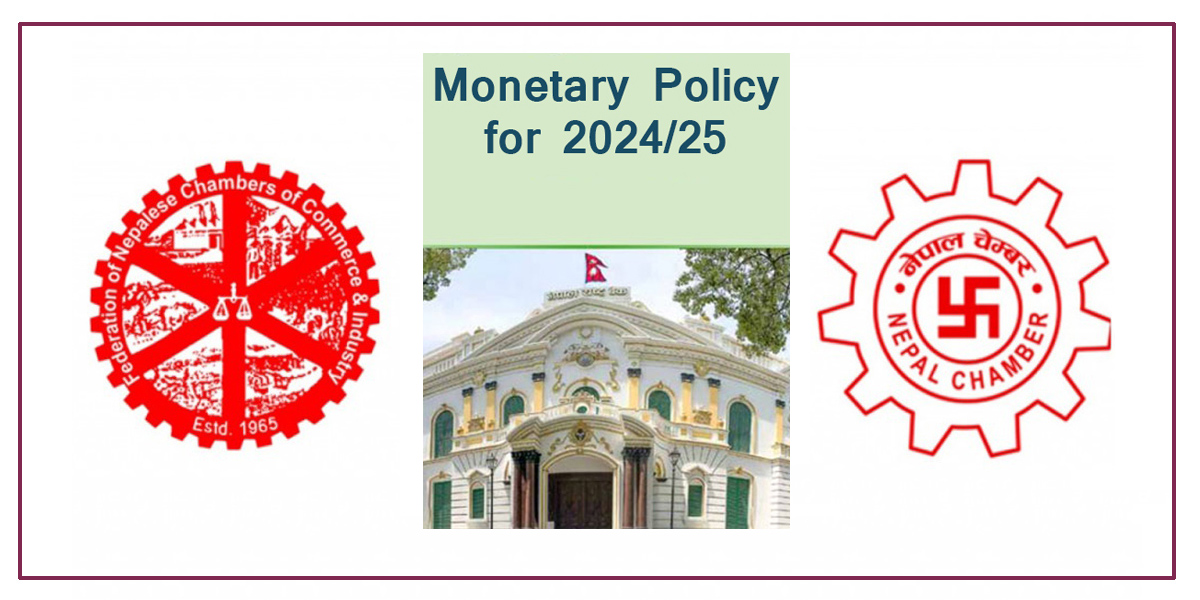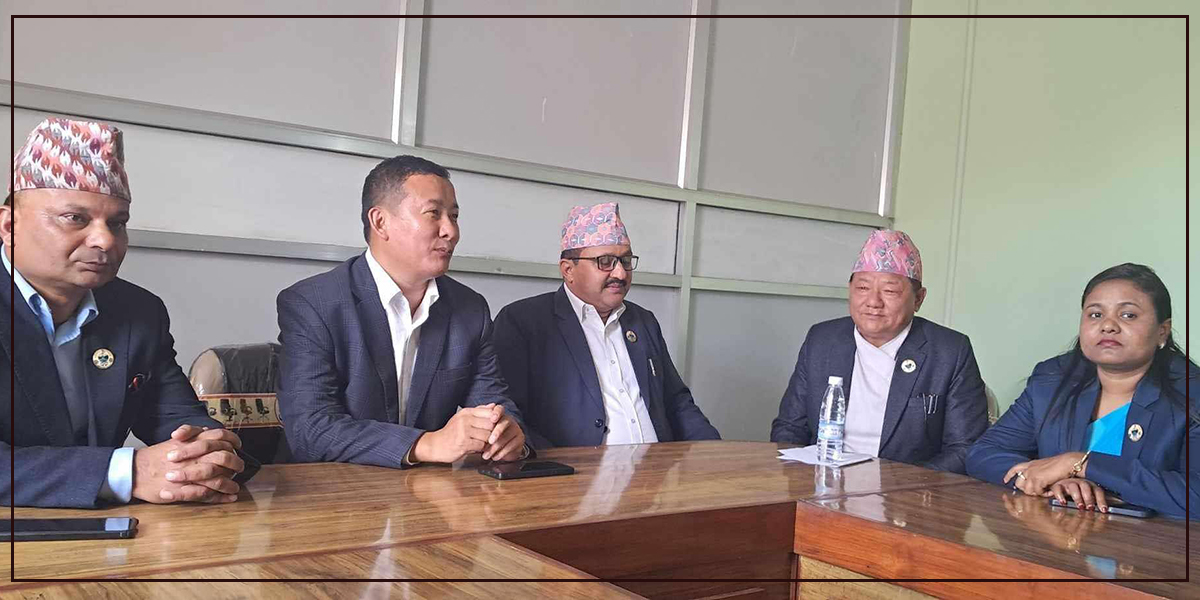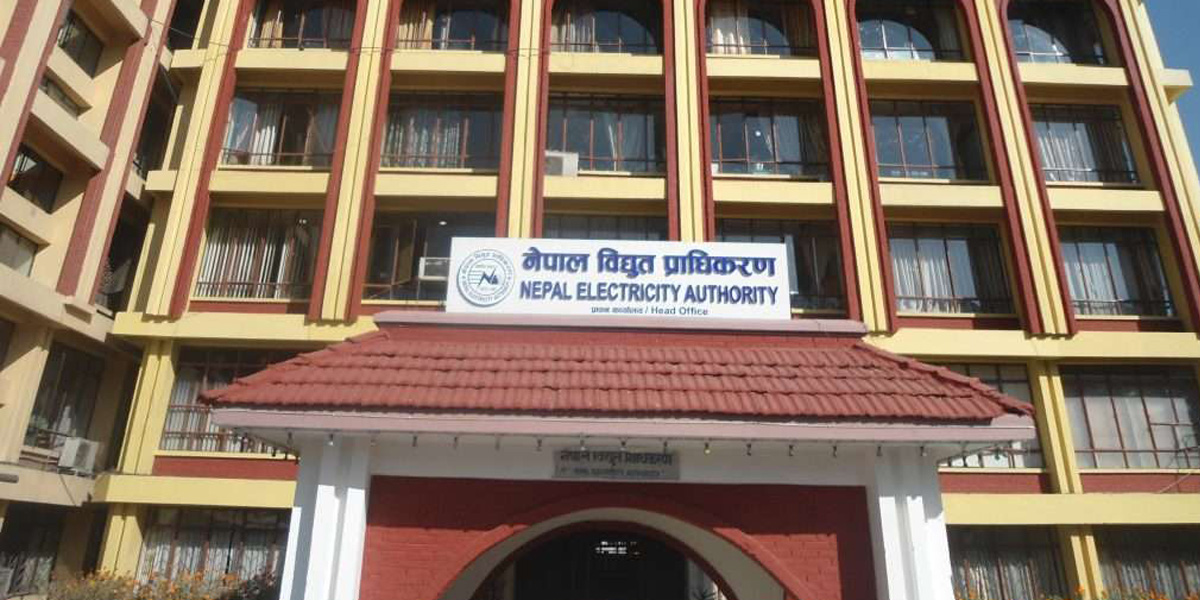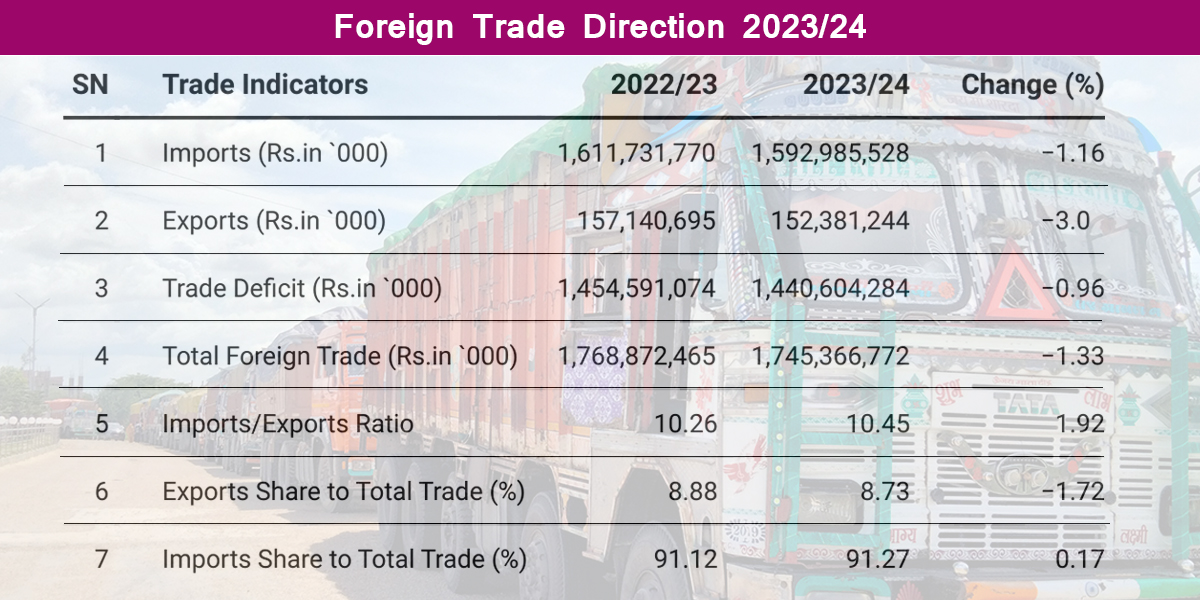
Pradeep Raj Pandey boasts over 25 years of leadership and management experience across both public and private sectors. He is the former Managing Director of Nepal Airlines Corporation (NAC) and the founding CEO of the Nepal Tourism Board. In an interview with Himal Press, Pandey discussed various aspects of Nepal’s tourism and aviation industries. Excerpts:
The new tourism minister has said that taking Nepali airlines out of the EU ban will be his top priority. What do you think must be done by the government in this regard?
Nepal Airlines has a successful history of operating flights to Western European destinations like Frankfurt, London and Paris. The national flag carrier commenced scheduled flights on these routes in the mid-1980s with its Boeing 757 aircraft and later supported by a leased Airbus 300. However, subsequent management decided to discontinue operations on these sectors for valid reasons. The long discontinuation resulted in Nepal Airlines losing its grandfather rights on slots at these extremely busy airports.
The current EU ban is more related to concerns about the capability of the Nepali government and the Civil Aviation Authority of Nepal (CAAN) to oversee and monitor operations and maintenance of Nepali-registered aircraft, as well as the need to separate licensing, quality assurance, and regulatory functions into independent authorities. I believe that the ministry has implemented most of the recommendations deemed necessary by European authorities, so the ban could potentially be lifted soon.
Nepal missed an opportunity to negotiate with European authorities when purchasing the Airbus fleet, as business interests drive a lot of such discussions. This could still be an avenue to pursue, leveraging pressure via Airbus. I am not aware if this has been attempted. Reestablishing European flights would give Nepal Airlines direct access to tourist-generating markets which will indirectly reduce travel time and costs to Nepal. Direct connections also reduce dependence on tourists combining Nepal with India/Thailand trips, leading to higher tourism revenue. Such operations do not necessarily require owned aircraft or Nepali crew/engineers. Nepal Airlines could negotiate codeshare arrangements with major carriers to develop these routes and build market credibility without major capital expenditure.
If studies mandate Europe flights, another option is operating leased long-range aircraft registered in Europe (ACMI leases). This will shift the onus of supervisory control to European authorities. Nepal Airlines can utilize its owned fleet on other regional routes to maximize utilization and reduce operating costs to be globally competitive.
Nepal missed an opportunity to negotiate with European authorities regarding the European ban when purchasing the Airbus fleet, as business interests drive a lot of such discussions.
What is the main problem in the Nepali tourism sector? Why aren’t many Chinese tourists coming to Nepal?
When China allowed its citizens to travel abroad for holidays, it initially promoted a limited number of destinations. Nepal was approved by the China National Tourism Administration (CNTC) in 2001 as the 9th country on this exclusive list, competing with major tourism hotspots like the US, France, the UK and Germany. However, coming from a highly regulated environment and being newly allowed to explore the world, Chinese travelers did not consider Nepal a top priority destination. Being a neighboring country, the perception was that Nepal could be visited anytime, while the allure of the Western world took precedence for first-time travel.
Moreover, flight connectivity between China’s cities/provincial capitals and Nepal was limited initially which caused the market to grow slowly. Nepal’s tourism policies focused more on attracting a larger number of visitors rather than controlling the quality of travel services. Unrestrained competition was allowed across the sector, from major hotel brands to other service providers, leading to price undercutting that harmed Nepal’s image and gradually promoted a perception of being a ‘cheap destination’. As the Chinese tourists’ propensity to spend increased significantly over time, travel to Nepal took a backseat.
In the early 2000s, when meeting Chinese tour operators, we learnt that visitors were willing to splurge on exquisite jewelry and handicraft, but remained apprehensive about being cheated. However, Nepal’s travel sector and shop owners failed to cater to this Chinese mindset, resulting in limited purchases due to prevailing doubts. With increasing disposable income and the ability to spend on global ‘shopping markets’ with ample entertainment facilities, the charm of visiting Nepal solely for outdoor/adventure activities became less attractive for Chinese visitors. Leveraging political ties can only be effective for a limited period; sustained efforts through complementary activities are needed to attract travelers.
Furthermore, connectivity nosedived during and after the COVID-19 pandemic with reduced flights and higher airfares making Nepal less attractive.
What do you think Nepal should do to bring more Chinese tourists?
It is difficult to say what should be done to bring more Chinese tourists. However, a good first step could be increasing air connectivity not just to major Chinese cities like Beijing, Shanghai and Chengdu, but also to second and third-tier cities. This would likely lead to lowering airfares and make Nepal a more affordable destination. While Chinese travelers may bargain on hotel prices, it is important to note that their expenditure in other areas will increase significantly, having a multiplier effect on Nepal’s tourism economy.
Another area worth considering is establishing exclusive, properly regulated ‘duty-free’ shopping avenues in major tourist cities like Kathmandu and Pokhara. These could offer high-fashion goods with quality guarantees backed by necessary government regulations. It might also be necessary to conduct adequate research to understand what Chinese travelers specifically seek during their holidays.
Over 70 million Chinese travel during holidays, with most being domestic trips. However, even a small percentage of those visiting other countries could represent a massive influx of tourists to Nepal.
As Chinese loans, investments, assistance programs and political interactions with Nepal increase, it will foster greater people-to-people exchanges which will benefit tourism a lot. Nepal must recognize the importance of Chinese travelers and their potential contributions to the economy. While WeChat payment options, China’s most popular mobile payment fintech, are available in Nepal, there has been a lack of publicity and promotion targeting Chinese markets. This might indicate a lack of coordination between different government bodies. The Nepal Tourism Board (NTB) can and should play a larger role in promoting Nepal in the Chinese market, creating awareness about such facilities, which were previously not allowed for nationals of other countries.
The lack of coordination among tourism stakeholders and insufficient policy and regulatory support from the government has hindered growth in tourist arrivals and earnings. It is crucial to recognize that tourism is not just an industry for the wealthy. It should be developed as the backbone of the economy, with benefits trickling down to the lower economic strata. The tourism industry and the government as well as the local community must collaborate to promote Nepal as an exquisite destination.
Although Pokhara is a major tourist destination where direct flights from source markets would boost tourism, this argument alone may not have been sufficient justification to build an international airport.
Some say that the Pokhara and Bhairahawa international airports are turning into white elephants with no international airlines operating to and from there. What measures can be taken to fully operationalize these two airports?
I would have to assume that adequate feasibility studies were conducted before constructing the Pokhara and Bhairahawa airports. While the proposal for an international airport in Pokhara was mooted decades ago, operational availability only became feasible recently. Regardless of the politics behind foreign assistance/loans for construction, it was also known that larger jet aircraft might face challenges operating out of Pokhara due to the region’s geography.
Although Pokhara is a major tourist destination where direct flights from source markets would boost tourism, this argument alone may not have been sufficient justification. However, now that the airport exists, it is imperative to operate it at optimum capacity, utilizing both domestic and international flight operations. If operational and technical constraints are not prohibitive for larger aircraft, two actions should be taken. First, Nepal Airlines should commence regional services from Pokhara to tourism source countries. Second, concerted efforts must be made to convince Chinese airlines to launch direct flights to Pokhara from multiple Chinese cities.
Political reasons may hinder efforts to connect Pokhara with Indian cities, but this does not preclude commencing flights to other international destinations. The government and the national airline must make efforts and take calculated risks to develop new routes. Additionally, exploring codeshare or cost-sharing arrangements with Chinese carriers could help develop this sector.
Why do you think Nepal is failing to get international flights to Bhairahawa?
It was anticipated that India would be sensitive about opening air routes over its territory for Bhairahawa. However, this need not be an insurmountable hurdle, as eastbound flights can operate from Bhairahawa, while westbound ones could originate from Kathmandu, as currently practiced. With the near-completion of the road linking Kathmandu and Bhairahawa, and the availability of night operation facilities, connectivity should not remain a major issue for long.
Again, Nepal Airlines’ role as the national carrier is crucial. It should either launch its own routes or facilitate codeshare partnerships with foreign airlines. Potential connections could include Thailand, Myanmar and Sri Lanka as well as Japan, South Korea and China by using Lumbini’s status as Buddha’s birthplace.
Airlines may not take full commercial risk of new route development alone. So the government, through diplomatic channels, can support Nepal Airlines in initiating new routes. Incentives may need to be provided to encourage some domestic and international operators to shift base to Bhairahawa to decongest Kathmandu’s airspace.
The benefits would accrue not just to the airports but drive economic growth across Lumbini Province and Nepal. Instead of waiting for others, a proactive approach from within can kickstart operations. More carriers are likely to follow once routes get established. Since both airports were built through external loans which have to be repaid, all concerned must put in their best efforts to ensure successful operations at the earliest.
Since NTB has become virtually non-existent since you left, what can be done to breathe new life into it?
It may not be fair to state that NTB is non-existent. The organization does carry out various tourism marketing efforts globally and within Nepal. Before passing judgment, it would be helpful to revisit the original intent and purpose behind NTB’s formation.
NTB was established to enhance the quality of tourism in Nepal by leveraging the dynamism and active participation of the private sector in promotion as well as development and maintenance of quality tourism services. While the initial step was to create a promotional body, the broader vision was to also focus on quality development and assurance. NTB was envisaged to play a larger role, as mandated by the Act, in improving the human resource skills required for the industry.
The tussle between the government and NTB revolved around the issue of autonomy, while the debate within the industry centered on which sector had the highest investment, foreign exchange earnings, etc, and consequently which trade sector should have larger representation on the Executive Board.
Since tourism in Nepal has traditionally been a private sector-led business, the government at that time decided to give responsibility of the board’s functioning to a private sector majority. The Act mandates the formation of an Executive Board selected from industry leaders, professionals, and individuals who have significantly contributed to the sector’s development. With the other half being government representatives from various ministries and departments, a coordinated approach was expected. The initial years were spent more on trying to establish NTB as a private industry-driven and autonomous institution functioning under its own rules and regulations rather than existing bureaucratic ones. This was just after the Visit Nepal campaign concluded and there were expectations that the tourism sector would grow robustly and benefits would percolate down to grassroots levels. NTB attempted to go throughout the country to identify tourism areas and seek support for developing both infrastructure and quality service offerings. The Ghalegaun homestay can be cited as one such activity.
The tussle between the government and NTB revolved around the issue of autonomy, while the debate within the industry centered on which sector had the highest investment, foreign exchange earnings, etc, and consequently which trade sector should have larger representation on the Executive Board. Initially, NTB had insufficient resources which limited its programs. However, an alternative funding mechanism increased the resource pool substantially from just Rs 50 million to over Rs 1 billion now.
Nepal possesses unique tourism products like the Himalayas crowned by Mt Everest, the birthplace of Lord Buddha, and the successful community forestry program in Chitwan National Park; all designated as UNESCO World Heritage sites. Despite having close to a billion Buddhist followers globally, Nepal has not satisfactorily promoted Lumbini as a religious tourism destination. Concerted efforts need to be made in this regard.
Do you want to make any suggestions?
A study and review may be warranted to assess NTB’s functioning, learn from past activities that did not produce desired outcomes and emulate other successful national tourism organizations like the ones in Singapore and Canada.
Since most multinational agencies still perceive tourism as an industry for the wealthy, assistance for this sector remains limited. NTB should seek help from agencies like ADB and UNDP in this evaluation and review process. If policy changes are required, the government should consider them, as pressure from donor agencies could lend weight to the voices of national tourism entrepreneurs.
The industry should focus promotional efforts on the few key source markets, instead of spreading limited resources thinly across too many markets. Coordinated sales and promotion by NTB in these primary markets is crucial. The industry must work together as these unique offerings cannot be sold unless Nepal is promoted.
Now that NTB has matured, it should be given additional responsibilities and authority. NTB should be allowed to explore and implement means to improve the quality and earnings of the tourism sector. Only then can the benefits of tourism percolate down to every level of the country.

 Himal Press
Himal Press 